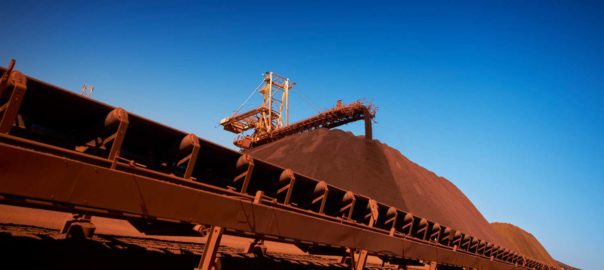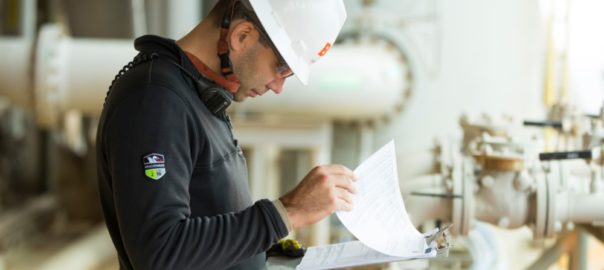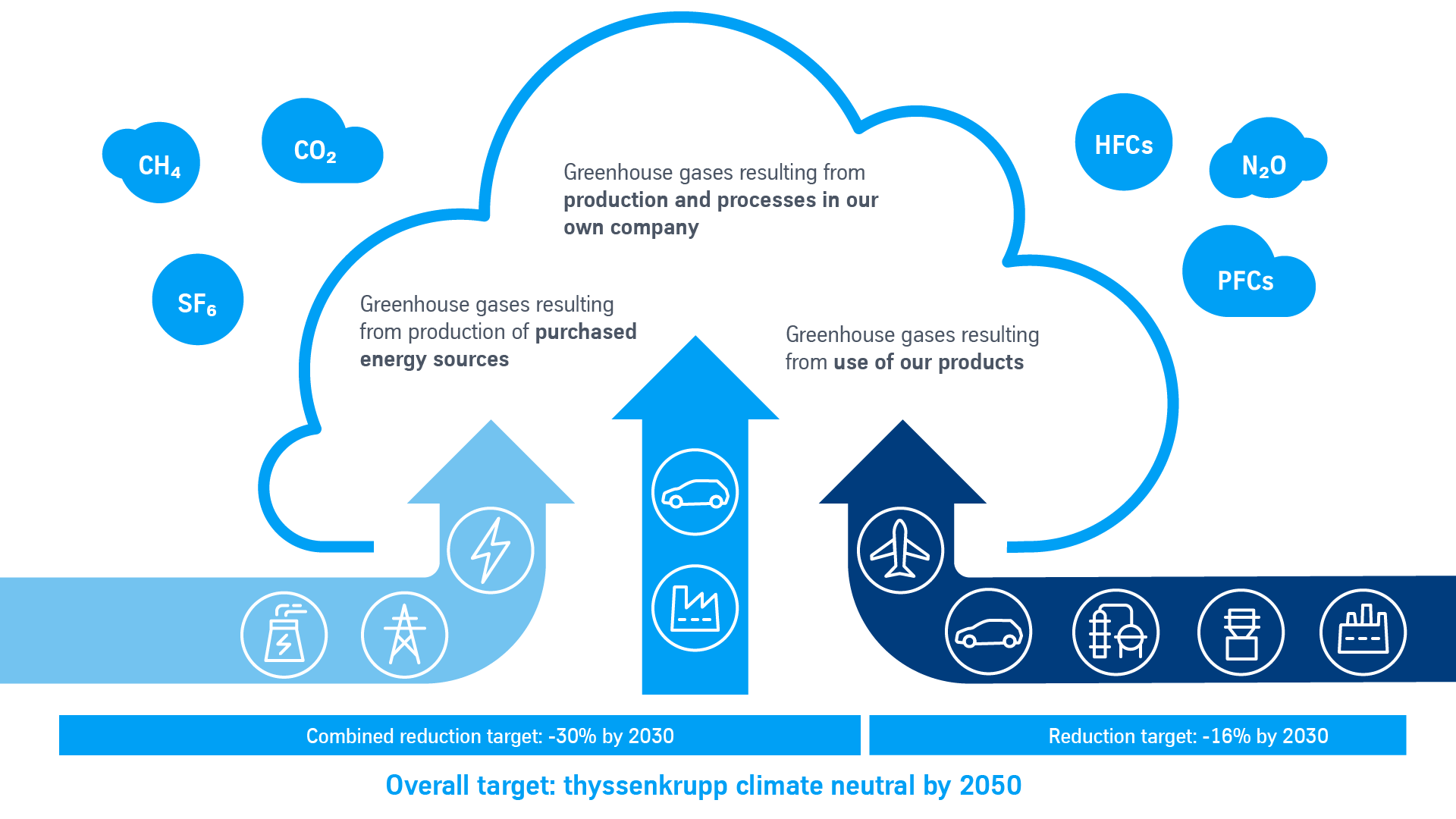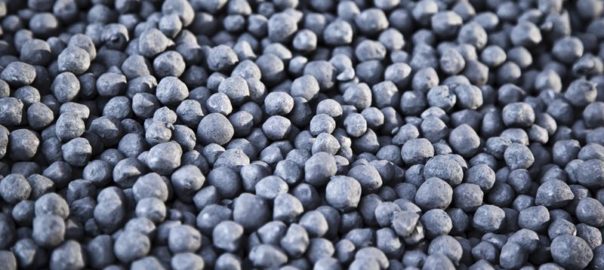BHP has signed a memorandum of understanding (MoU) with leading Japanese steel producer, JFE Steel, to jointly study technologies and pathways capable of making material reductions to greenhouse gas emissions from the integrated steelmaking process.
BHP is prepared to invest up to $15 million over the five-year partnership, which, it says, builds on the strong history of technical research and collaboration between the two companies.
The company’s investment will be funded under its $400 million Climate Investment Program, set up in 2019 to coordinate and prioritise projects, partnerships, R&D and venture investments to reduce Scope 1, 2 and 3 emissions, invest in offsets and support development of technologies with the highest potential to impact change.
The JFE-BHP partnership will focus on the role of Australian raw materials to help to increase efficiency and reduce emissions from the blast furnace and direct reduced iron (DRI) steelmaking routes, it said. The partnership intends to study the properties of raw materials, with focus on specific areas such as iron ore pre-treatment, use of enhanced iron ore lump, high quality coke and DRI, required to decrease iron and steelmaking emissions and support a transition to a low carbon future. Throughout the collaboration, the two companies will also share knowledge on reducing carbon emissions across the steel value chain.
This JFE-BHP partnership follows other BHP investments to support the reduction of value chain emissions, including up to $35 million for the collaboration with China’s largest steelmaker, China Baowu, and awarding BHP’s first LNG-fuelled Newcastlemax bulk carriers contract, with the aim to reduce CO2-e emissions by 30% per voyage.
BHP’s Chief Commercial Officer, Vandita Pant, said: “This partnership with JFE demonstrates a joint commitment to make our activities more sustainable through collaboration and technological improvement. This work will support and help progress Japan’s carbon neutral ambitions by 2050.”
As outlined in BHP’s decarbonisation framework, the steel industry is expected to move through stages of optimisation and transition for the existing integrated steelmaking route before reaching an end state of low or no carbon intensity.
“Our investments are focused on actions that can create real change, and we continue to take positive steps on our climate agenda and in collaborating with others to help reduce emissions in line with the Paris Agreement goals,” Pant said.
JFE’s President and Chief Executive Officer, Yoshihisa Kitano, said: “We understand that raw material processing technology is extremely important in the research and development towards carbon neutrality. We have a long history working closely together with BHP collaborating to study raw material utilisation technology and mine development. It is very significant for us to be able to work together with BHP towards reduction of CO2 emissions, which is an extremely important agenda for the steel making sector.”













